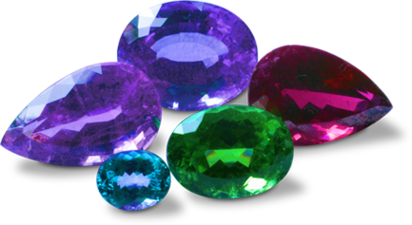Stone of the month:
Aquamarin
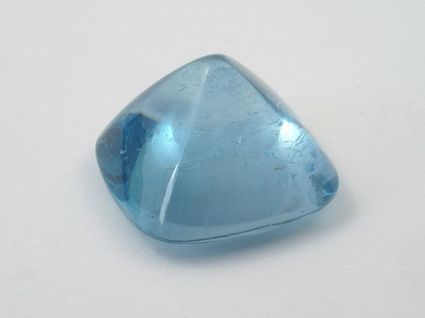
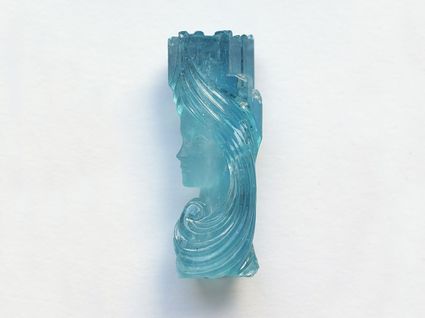
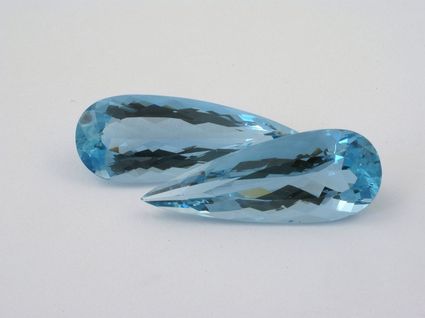
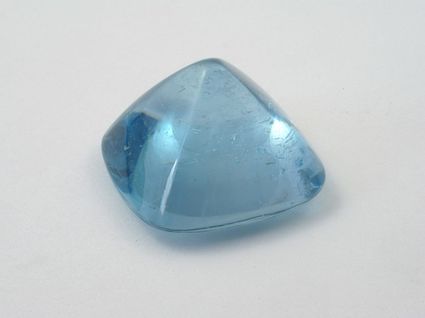
Nomenclature
The literal translation of „Aquamarine“ is “water of the sea” composed by the latin word “aqua” for water and “marinus” for of the sea. Aquamarine was once believed to calm waters and keep sailors safe at sea.
Mineral group
Aquamarine is an aluminum-beryllium-silicate and part of the Beryl family – “beryllos” is ancient Greek for blue/green stones. Together with Emerald it is the most popular representative of the Beryl group.
Color
Responsible for the color are the elements iron and beryllium. The range of colors of unheated stones stretches from a yellowish green over greenish blue to pure blue. The whole spectrum of sea water. Most of the stones are heated to eliminate the yellow/green hues in order to finish with a pure blue tone. Collectors often favor non-heated stones of an attractive blue/green sea water color.
Aquamarines display a more or less distinctive dichroism. This means that a crystal will show different colors depending on its axes. Thus a cut stone will display different tones depending on the angle of the viewing.
Qualities
Generally Aquamarines are being cut as eye clean gems. The more intense the color the higher the price per carat.
Origins
Aquamarine is mined in many countries. Traditionally Brazil was producing a large amount of rough stones. There in the early 20th century the legendary Santa Maria de Itabira Aquamarines were found which showed a beautifully warm and intense blue. However, this mine has been depleted for many decades.
In the second half of the 20th century many mines were discovered on the African continent. In particular Mozambique, Madagascar and Nigeria are important suppliers for today’s gem trade.

